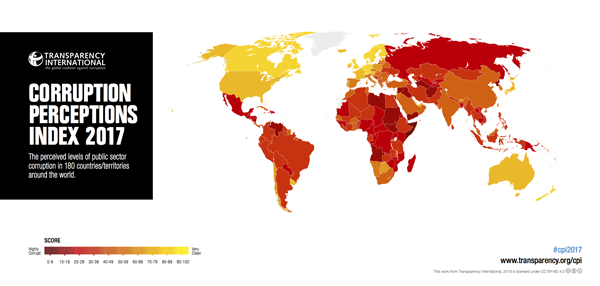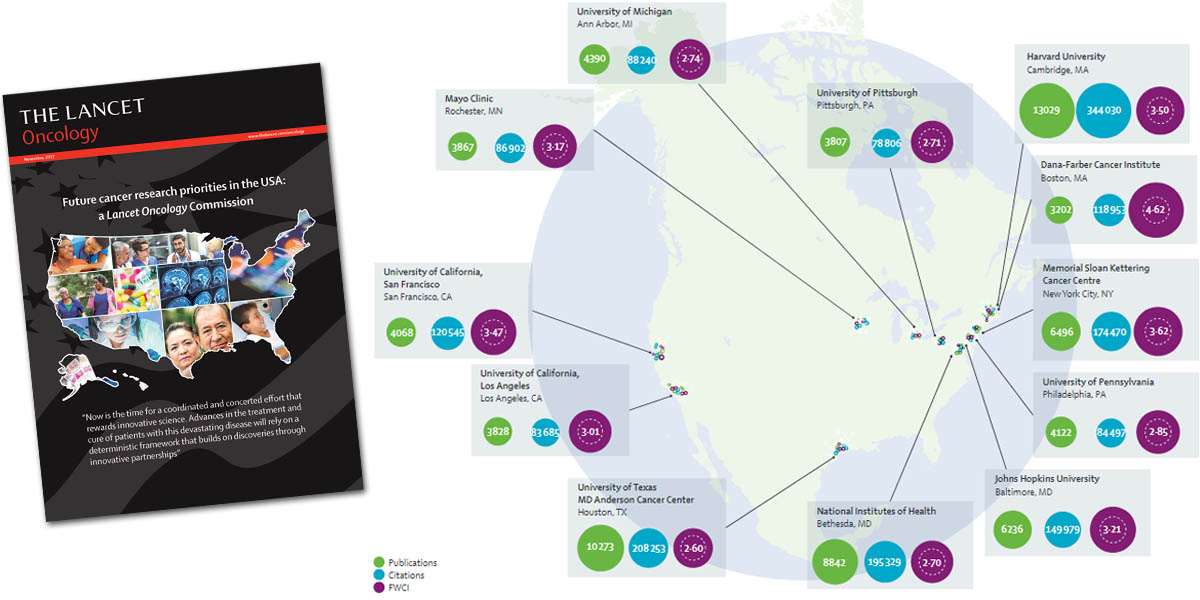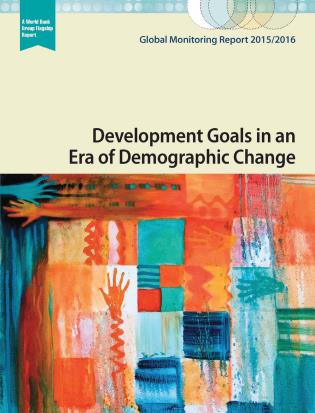Indicators are essential tools that aid in the effective monitoring and evaluation of progress towards achieving the Sustainable Development Goals (SDGs). These 17 goals, adopted by the United Nations in 2015, set forth an ambitious blueprint for global development by 2030, focusing on an array of areas such as eradicating poverty, achieving quality education, promoting gender equality, and ensuring environmental sustainability. Indicators play a critical role in translating these abstract aspirations into quantifiable, observable outcomes. Essentially, they function as markers that depict the current status of a specific SDG, allowing stakeholders to evaluate their strategies and actions and adjust as necessary.
For instance, the SDG 1, aiming to end poverty, utilizes indicators such as the proportion of a population living below the international poverty line or the proportion of men, women, and children of all ages living in poverty in all its dimensions. These indicators offer a clear and measurable way to track progress towards the objective. Similarly, the SDG 13, which targets actions to combat climate change and its impacts, employs indicators like the number of countries that have communicated the strengthening of their national adaptation plans or the number of countries that have integrated mitigation measures into their national policies.
Moreover, indicators are critical in fostering accountability and transparency. They provide a means for citizens, civil society organizations, and other stakeholders to hold governments accountable for their commitments towards achieving the SDGs. For example, if an indicator reveals slow or stagnant progress in a particular area, it signals the need for action, enabling the public to push for policy changes or interventions.
Indicators also encourage a data-driven approach to development. They offer objective evidence, thereby helping decision-makers to base their actions on facts rather than assumptions. Consequently, they contribute to the efficiency and effectiveness of interventions, promoting the optimal allocation of resources towards areas that require the most attention.
The relationship between indicators and SDGs is thus a dynamic and crucial one. Indicators serve not merely as measurement tools but as powerful agents of change, enabling the translation of the SDGs from broad global objectives into concrete, actionable, and measurable targets that can effectively guide the world towards sustainable development.
Dealing with current and future global challenges, corporate social responsibility has become a key element for sustainable and responsible companies. Roquette, a family-owned group, leader in plant-based ingredients for Food, Nutrition and Health markets, has implemented a sustainable development approach applicable to all its worldwide activities. This “sustainable journey” is based on 4 pillars: sourcing, innovating, biorefining and acting.




